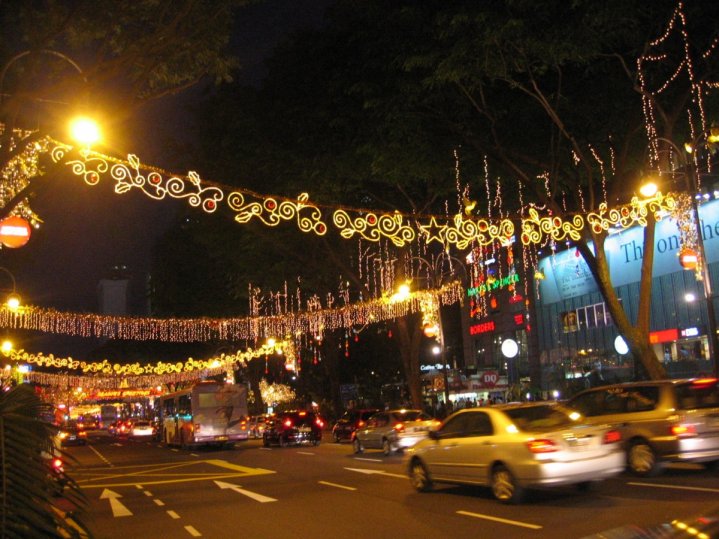
Christmas and the new year holidays are the most festive season throughout a year and around the same time, road traffic becomes very busy and vehicles are bumper-to-bumper. In Singapore, navigation app Waze reveals that traffic will largely increase like in most parts of Southeast Asia.
The Holiday Driving Data 2017 of Waze stresses that Singapore will have one of the largest increase in traffic this season, noting that this will swell by 1.2 times. December 22 will witness the worst day for drivers to go around, as well as in the Philippines and Malaysia.
Also read: Singapore among world's least satisfied drivers
On the same day, severe traffic jam will hit high at 4-6 pm. This will go on until January 1, except for December 25 and 31 where extreme congestion is expected to fall at 3-5 pm. For those who wish to drive back home for the New Year's Eve, Waze recommends avoiding the roads between 3-5pm on December 31.
In the meantime, the most popular Christmas song played by drivers on the road via Waze is Mariah Carey's All I Want for Christmas is You. Rounding out the top five are Michael Bublé's It's Beginning to Look a Lot Like Christmas, Ariana Grande's Santa Tell Me, John Lennon's remastered Happy Xmas (War is Over) and Wham!'s remastered Last Christmas.
Also read: Philippines tops ranking for unhappy drivers
Singapore authorities have previously warned that long lines of vehicles at the Tuas and Woodlands checkpoints can be expected as Christmas and the new year comes near. About 430,000 people are expected to go through the checkpoints which are way more than the usual 30,000 people.
The Immigration and Checkpoints Authority reminds motorists going in and out of Singapore to stay vigilant. About 36,000 contraband cases have been recorded so far from January to October 2017. These include items ranging from drugs to hazardous materials that can be used to make dirty bombs.









